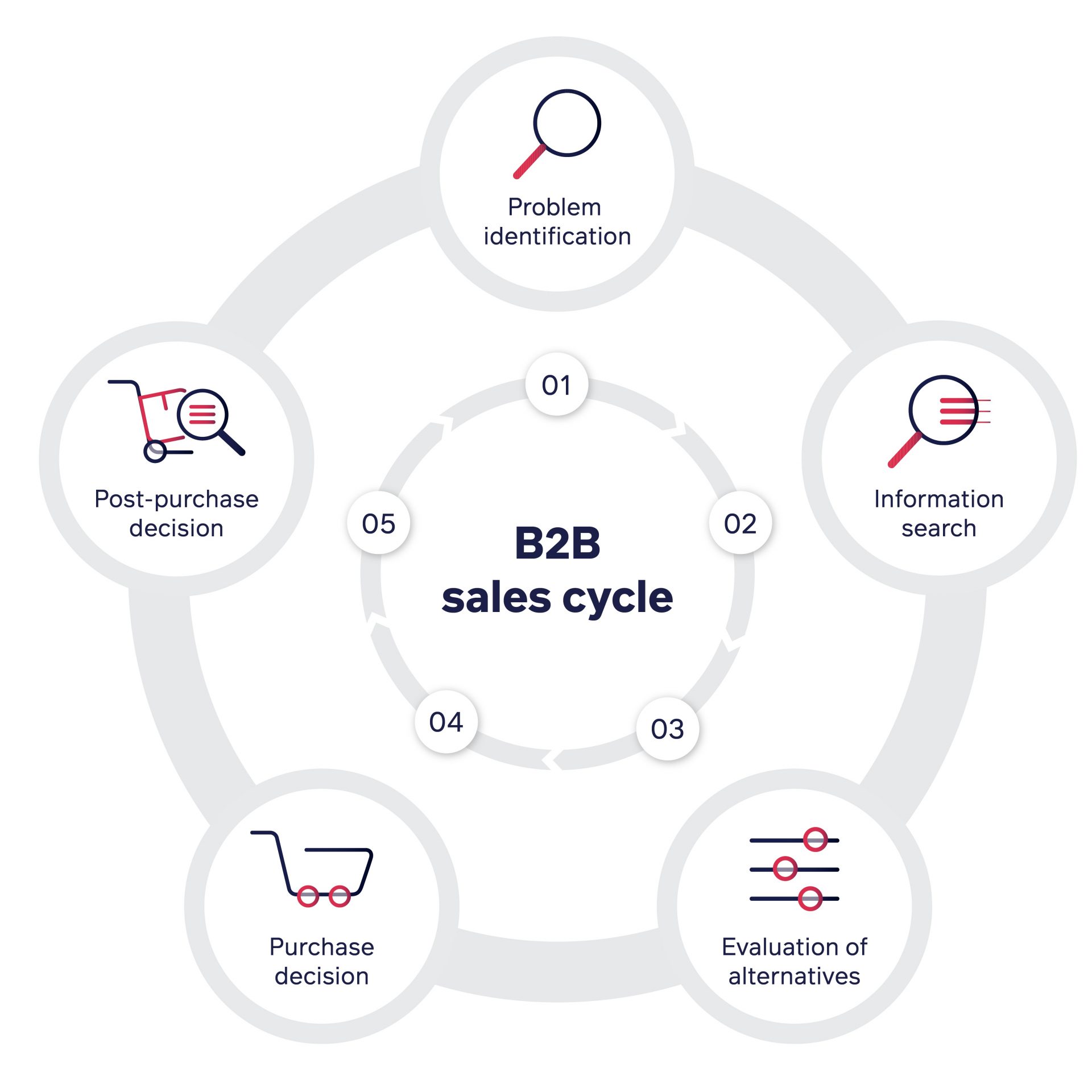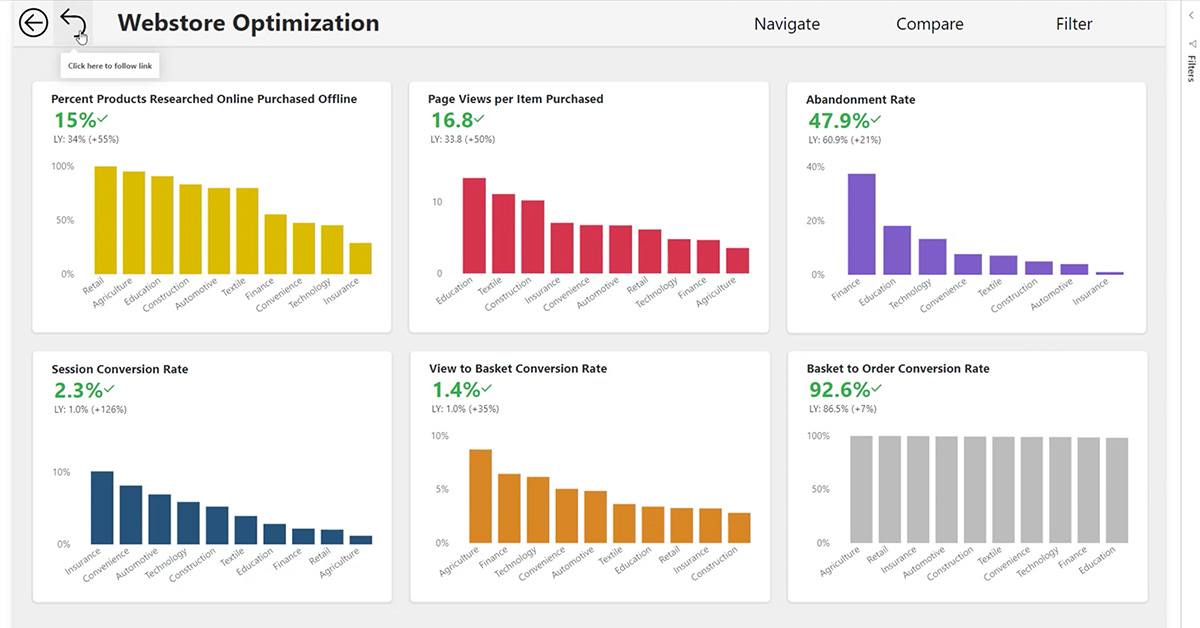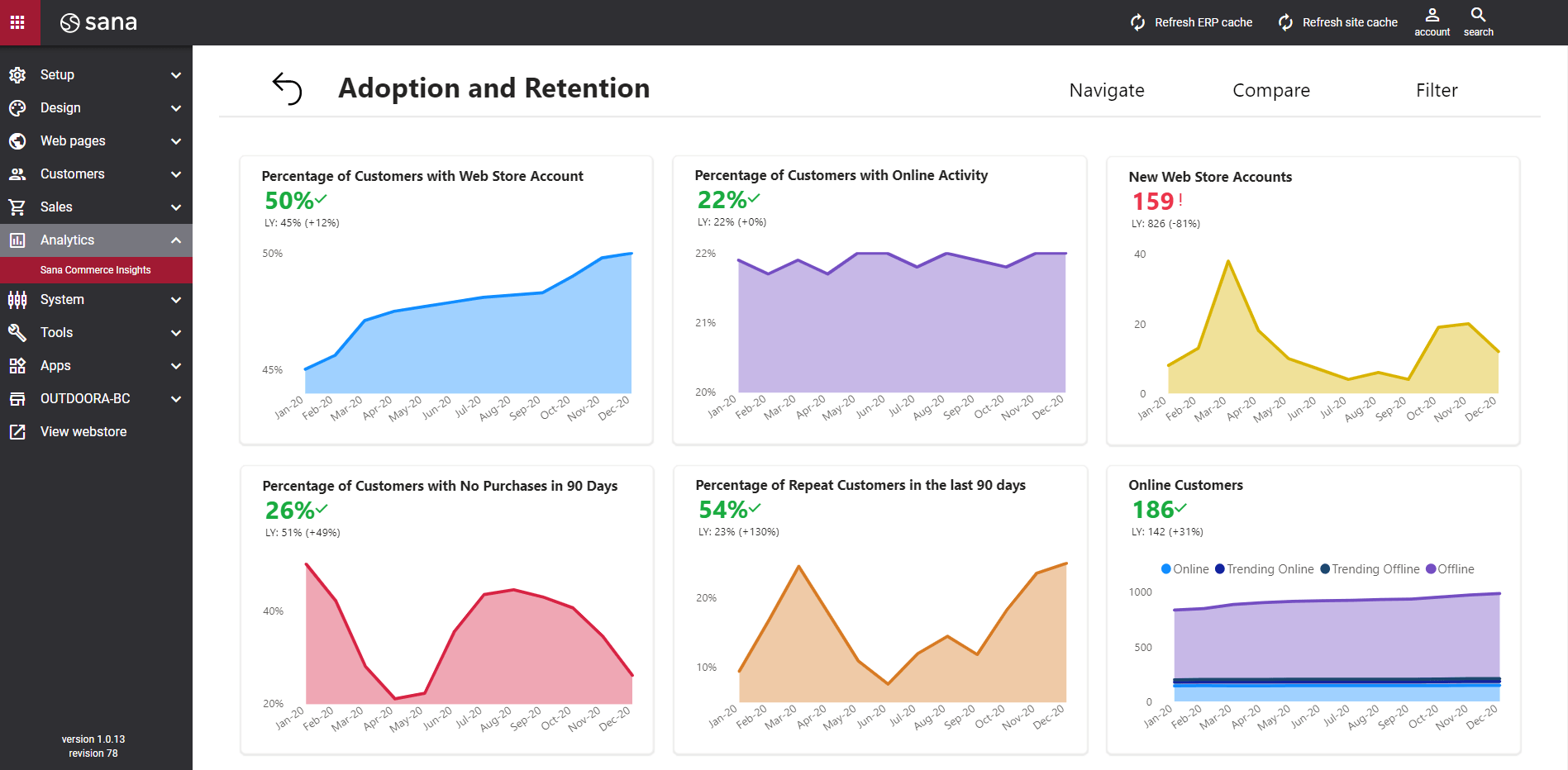

Conversion rate optimization (CRO) is the percentage of visitors who complete a specific action after landing on your website. This action is called a conversion and can be defined as anything from downloading a white paper to purchasing a product.
Why focus on B2B conversion rate optimization (CRO)?
Conversion rate optimization is important because it allows you to capitalize on website visitors and users you already have. When you optimize your conversion rate, you can not only increase revenue per user, but you can also grow your business.
We know there are distinct differences between B2C and B2B buyers, which means there are also differences in the way B2C and B2B users convert. To better understand this, we’ll break it down for you in this blog.
Conversion rate optimization in B2B vs. B2C e-commerce
As we know from our research on B2B buyers, B2C and B2B buyers purchase differently from one another. While similarities between these two buyer groups are emerging — such as a focus on customer experience — each group calls for its own conversion rate optimization strategy.
The difference between conversion rate optimization in B2B and B2C sales stems from the differences in buying processes. The B2B buying process consists of 5 stages:
- Problem identification
- Information search
- Evaluation of alternatives
- Purchase decision
- Post-purchase decision
The B2B buying process can take weeks or even months. From lead generation to closing the deal, there are a lot of complicated processes and stakeholders involved. To better understand the B2B buyer’s journey, we have created this step-by-step guide for you.

On the other hand, the B2C cycle is:
- Much shorter (can take minutes or a few days)
- Typically, only involves one person
- Often based on impulses and emotions
What does this all mean when it comes to conversion rate optimization?
At the beginning of this blog, we mentioned that a conversion can be defined as anything from downloading a white paper to purchasing a product.
The type of conversion largely depends on whether your company is B2B or B2C. For example, a B2C business may track the quantity of website traffic over the quality. However, for B2B companies, lead quality is much more important than lead quantity.
Here is another example: We know that the B2B sales cycle is lengthy and requires a lot more research from the buyer before a decision is made. Part of this research could be reading a white paper or checking out an infographic. If a site visitor lands on your site, sees relevant content and downloads it, this could be considered a conversion.
These are examples of types of conversions a B2B company could track. Below, we have highlighted some more important B2B conversion metrics you could potentially track and how to measure them.
CRO metrics and how to define them for your B2B website
Here are some examples of conversion types tracked in B2B conversion rate optimization:
- White paper download
- Video download/views
- Contact form completed
- Demo requested
- Bounce rate
- Factsheet/Infographic download
- Purchases completed
- Products added to shopping cart
- Event registration
Each metric above is a specific action that you would like your site visitors to perform. Defining conversion metrics is a crucial step in your B2B conversion rate optimization strategy.
In order to define what conversion metrics you should use, think about what the ultimate goal is for your website and your business. Do prospects usually make their purchasing decision faster after viewing a product demo? Then set “Product demo views” as a metric to track and optimize to increase the number of views.
Tools to track B2B conversions
Being able to track your conversions is a vital step in B2B conversion rate optimization. There are plenty of useful digital tools available to help you analyze and improve your conversions.
1. Google Analytics
An industry-standard tool that can provide you with a great overview of your site users, how these users interact on your site and your overall site performance. Google Analytics offers a lot of information to sift through. From user demographics to how a visitor reached your site to which of your web pages are performing the best, Google Analytics can provide you with a lot of information.
2. Hotjar
This CRO tool enables understanding of how your site users are experiencing your site or web store. With Hotjar, you can view where users have clicked the most or where on the page your users spend the most time with heatmapping. You can also get recordings of live user sessions to see how they interact with a specific page.
3. Sana Commerce Insights
For customers, Sana Commerce offers Sana Commerce Insights (SCI). This is our own analytics tool, purpose-built for Sana Commerce Cloud. How does Sana Commerce Insights work? It combines your ERP, web store and analytics data all in one place so you can easily get insights into your customers’ activities. SCI offers built-in conversion metrics for you to track, such as:
- Page views per SKU ordered
- Session to order conversion rate
- View to basket conversion rate
- Basket to order conversion rate
- Sessions
- Bounce rate

Sana Commerce Insights also allows you to track user adoption to your web store. You can view how many customers have a web store account, how often customers are using your web store, the number of new accounts and more.


Sana Commerce Insights
Purpose-built to combine your ERP, e-commerce and analytics data into one, user-friendly dashboard.




